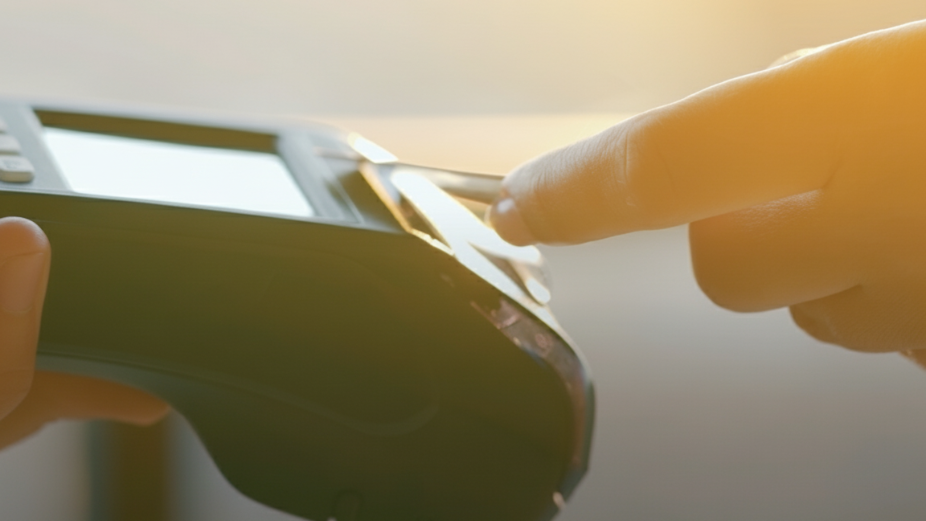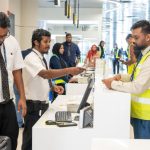
If you were to judge the Maldives’ financial future by its instant payment system, Favara, you might think the country is on the verge of a cashless leap. In a relatively short period, it has processed millions of real-time transfers worth billions of Rufiyaa. Cheques are declining, card payments are soaring, and a second phase of Favara, with a national mobile app, is now undergoing testing. It is a rare example of a developing economy building modern payment rails faster than its own behavioural change can catch up.
Cash use remains resilient. Currency in circulation rose again in 2024, while ATM withdrawals, though fewer, still totalled nearly MVR 35 billion. Free withdrawals and the convenience of physical cash are hard to displace, especially in outer atolls where merchants and households rely on tangible money.
Favara, however, has changed the texture of everyday transactions. The Maldives Monetary Authority’s latest Payment Bulletin shows over 7.7 million instant payments worth billions of Rufiyaa processed by end-2024, with interbank retail transfers climbing sharply. Cheques, by contrast, continue their quiet retreat, down notably in both volume and value. Yet they persist in corporate life, not out of nostalgia, but because they act as a guarantee of payment, something Favara’s real-time transfers, so far, do not replace.
Mobile wallets tell another story. Around 90,000 e-money accounts exist, but less than a third are active. Most usage still revolves around topping up mobile credit or paying bills. In theory, Favara should breathe new life into these wallets, allowing seamless bank-to-wallet transfers. In practice, many remain dormant, waiting for compelling reasons to exist.
Meanwhile, the banking sector is racing to connect. Five of the eight banks are already live on Favara, and the rest are testing. Cards remain dominant for retail spending, with 80 million card transactions in 2024 worth billions of Rufiyaa, evidence that Maldivians are as ready to tap as they are to transfer.
And beyond domestic banking, the frontier is expanding. Ooredoo’s recent partnership with PayPal hints at the next wave, cross-border interoperability. For freelancers, small businesses, and tourists, this could redefine how money flows in and out of the country. It is not just a fintech story; it is about integrating a small island economy into global payment networks without going through large intermediary banks.
Compared to neighbours, Maldives is now running faster than most. India’s UPI processes billions of transactions a month, but it took years of merchant incentives and public campaigns to get there. Sri Lanka’s LANKAQR has national QR acceptance but still struggles with usage beyond cities. Bangladesh’s Binimoy faltered on governance and adoption. Against this backdrop, Favara’s growth looks impressive. The challenge is not technological anymore; it is cultural and institutional.
Digital money systems succeed when they become invisible, when paying a bill or sending a salary does not feel like using a platform, but like breathing. The Maldives is close to that point technically, but not yet socially.
The country has built the pipes. The next test is whether it can change the flow.













